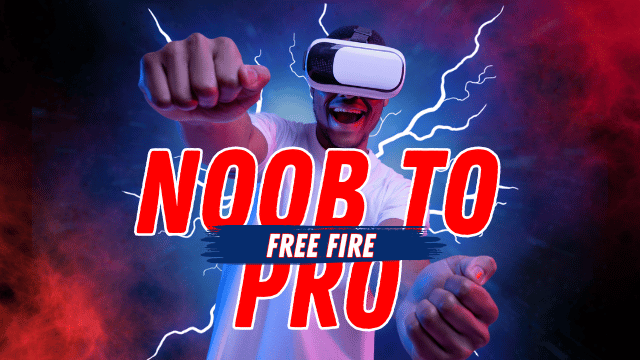Sports broadcasting is undergoing an unprecedented transformation thanks to rapid advancements in technology. Today’s fans can watch live events from anywhere on their smartphones, tablets or smart TVs, switch between multiple camera angles and access real‑time statistics at their fingertips. This democratization of viewing has levelled the playing field for leagues and audiences worldwide. Below are the key innovations reshaping the way sports are produced and consumed.
Ultra‑High Definition and Immersive Cameras
The push for ever sharper images has led broadcasters to adopt high‑definition and ultra‑high‑definition formats such as 4K and 8K. High‑frame‑rate cameras capture action smoothly, while 360‑degree and aerial rigs allow viewers to see plays from perspectives once reserved for video games. Spidercams, rail‑mounted systems and autonomous drones glide above the field to deliver cinematic shots, and miniaturized sensors embedded in pucks, balls or players help create super‑slow‑motion replays that reveal the sport’s fine details.
Direct‑to‑Consumer Streaming Platforms
Over‑the‑top (OTT) services are disrupting traditional television by giving viewers more control over what, when and where they watch. Dedicated platforms like ESPN’s streaming service (espn.com/watch), Hotstar in India and DAZN in Europe offer subscription packages that provide access to leagues and tournaments without requiring a cable bundle. These platforms also allow for multiple audio feeds, alternate commentary and on‑demand viewing, giving fans unprecedented flexibility.
Data Analytics and AI‑Enhanced Coverage
Statistical analysis has long been part of sports, but today artificial intelligence is making those numbers come alive. Advanced tracking systems record every movement on the field, producing data sets that inform real‑time graphics and predictions. For instance, MLB’s Statcast system (mlb.com/statcast) measures pitch speed, exit velocity and fielding range, while NBA tracking data (nba.com/stats) charts player positions and distances run. AI‑powered tools can automatically generate highlight reels, identify key moments and even provide context‑aware commentary that enhances storytelling.
Augmented and Virtual Reality
Broadcasters are also experimenting with augmented reality (AR) overlays and virtual reality (VR) broadcasts to create more immersive experiences. AR graphics can show shot charts, passing networks and win probabilities on top of the live feed, helping fans understand strategy at a glance. VR headsets allow viewers to feel as though they are sitting courtside or rink side, choosing their own viewpoint in real time. Initiatives like NHL Edge (nhl.com/fans/nhl-edge) and the NFL’s Next Gen Stats (nfl.com/news/next-gen-stats) demonstrate how combining sensor data with AR can make broadcasts more interactive.
Drones and Novel Camera Angles
Unmanned aerial vehicles are now common in sports productions, capturing breathtaking shots that were impossible with static cameras. Drones fly alongside cyclists in a peloton, follow surfers down a wave or circle overhead during a football match, providing context and drama. Cable‑suspended cameras and compact GoPros mounted on athletes’ helmets deliver unique angles that immerse viewers in the action. These innovations bring fans closer to the athletes and help tell the story of a game in a dynamic way.
Social Media Integration and Second‑Screen Experiences
Modern audiences often watch games with a second screen in hand, and broadcasters are responding by integrating social media and interactive features into their coverage. Live polls, real‑time chats and viewer‑submitted questions allow fans to participate in the broadcast. Partnering with platforms like Twitter and Instagram enables broadcasters to distribute highlights and behind‑the‑scenes content instantly, while interactive apps provide synchronized statistics, replays and fantasy league updates alongside the live feed.
Remote Production and Cloud‑Based Workflows
Advances in internet connectivity and cloud computing have made it possible to produce events from hundreds or even thousands of kilometres away. Using bonded cellular networks and 5G connections, camera feeds can be sent to centralized production hubs where directors, editors and commentators work remotely. This approach reduces costs, limits travel and allows smaller events to receive professional‑level coverage. Cloud‑based editing tools further streamline the workflow, enabling near instant publishing of clips and highlights.
The Road Ahead
Technology will continue to shape sports broadcasting in the years ahead. Artificial intelligence is poised to deliver more personalized viewing experiences, recommending camera angles or replays based on individual preferences. Immersive formats like volumetric video could allow fans to view plays from any point in 3D space. As these innovations mature, the barrier between the action and the audience will shrink even further. For athletes, teams and fans, the future promises deeper engagement and more ways to enjoy the sports they love.


